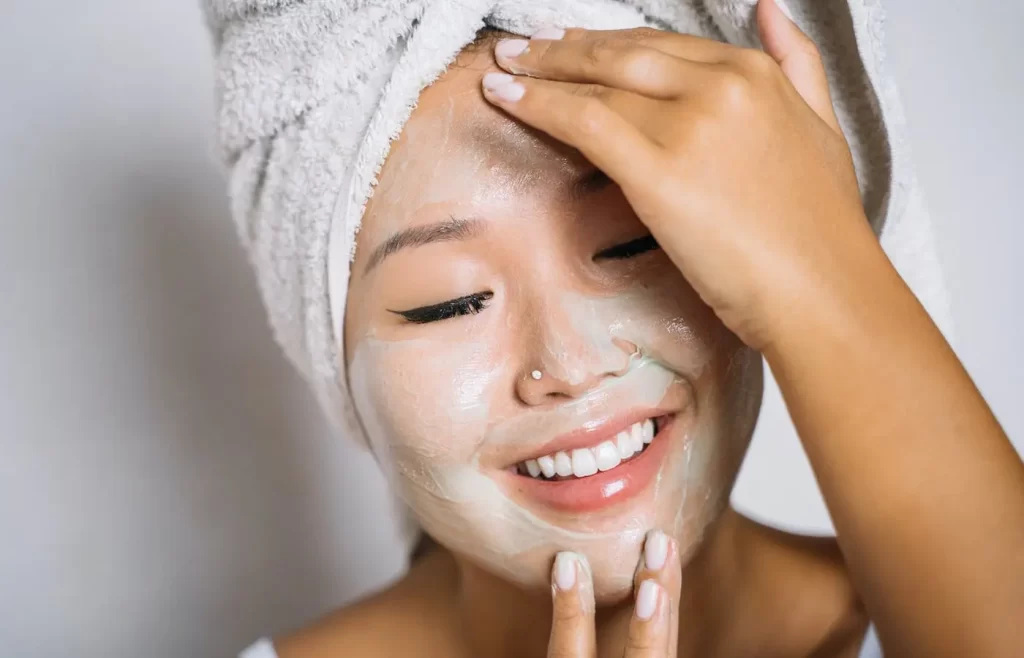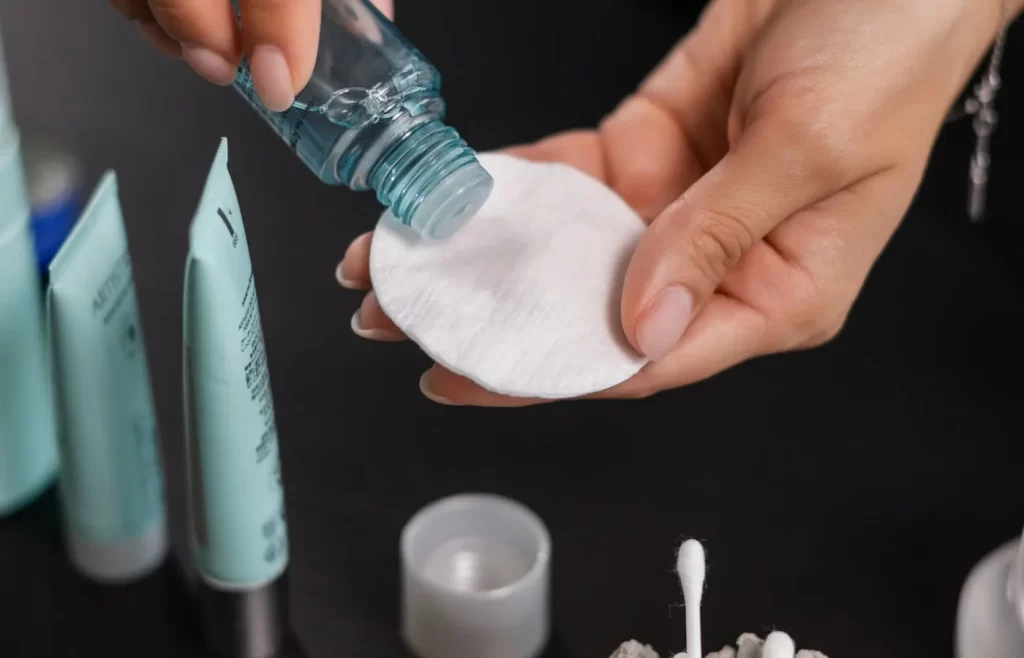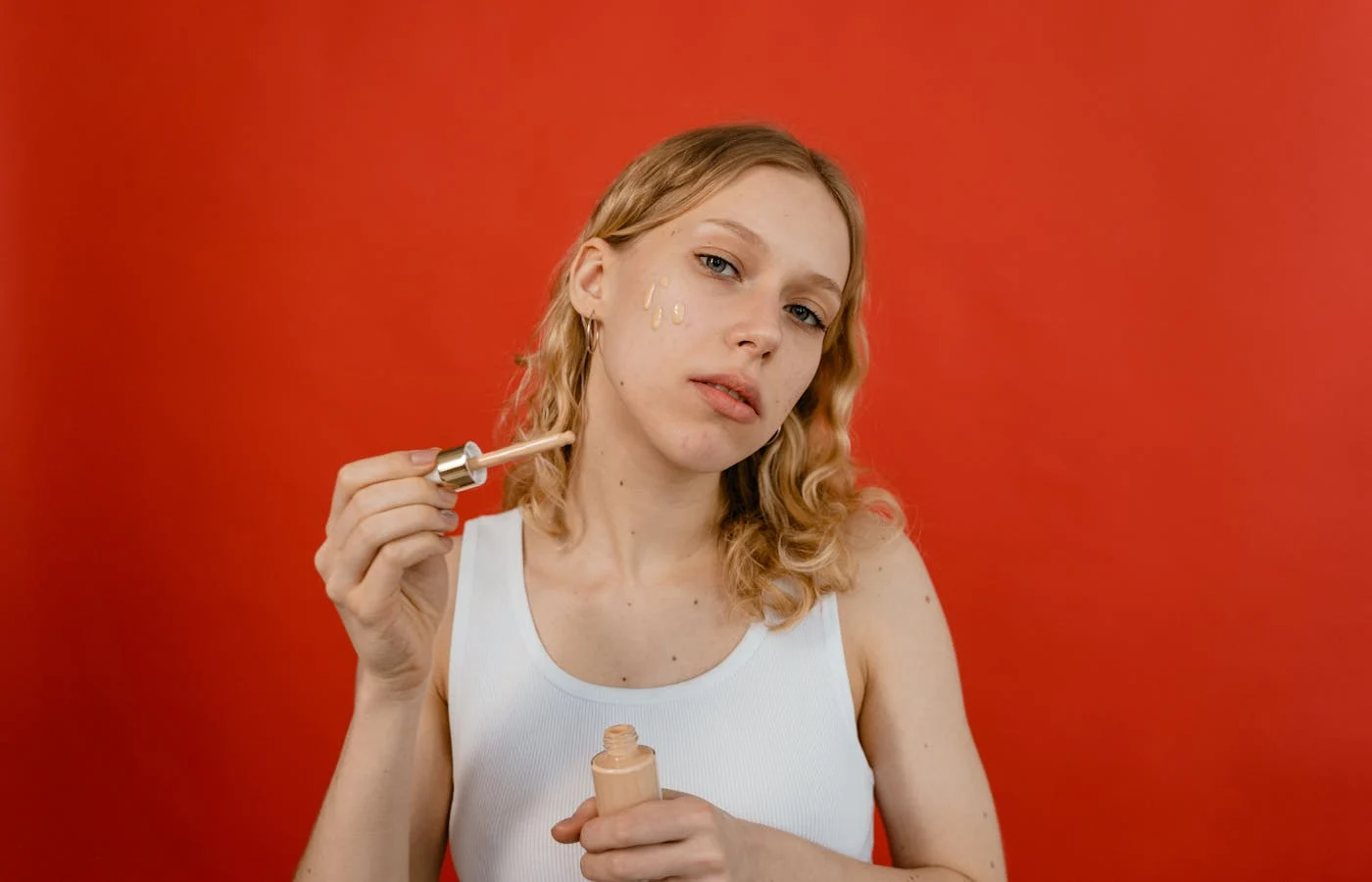
Applying makeup on dry skin can be tricky. If your foundation clings to dry patches or your skin feels tight after applying makeup, you’re not alone. Dry skin can make it challenging to achieve a smooth, flawless finish, but with the right steps, you can get glowing results. In this guide, we’ll walk you through how to apply makeup on dry skin, from prepping your skin to choosing the best products to keep your makeup looking fresh and hydrated all day.
Why Does My Makeup Look Dry on My Skin?
If your makeup looks dry or patchy, it’s likely because you have dry or dehydrated skin. Dry skin lacks the necessary moisture and oils to create a smooth surface for makeup application. As a result, foundation and concealer can cling to flaky areas, making your skin look uneven. Environmental factors like cold weather, harsh skincare products, or not prepping your skin properly can also contribute to this dry appearance. By addressing these issues, you can learn how to apply makeup on dry skin more effectively for a smooth, radiant finish.
Related Post: How To Get a Flawless Makeup Base
Tips on How to Apply Makeup on Dry Skin
1. Exfoliate Regularly
Dry, flaky skin can make makeup application difficult. Gently exfoliating helps remove dead skin cells and smooth the skin’s surface, making it easier for makeup to glide on. For dry skin, chemical exfoliants like lactic acid or glycolic acid are ideal as they dissolve dead skin cells without the harsh scrubbing of physical exfoliants. Stick to exfoliating 1–2 times a week at night to avoid over-stripping your skin and keep your skin smooth and prepped for makeup.
2. Use a Hydrating Serum
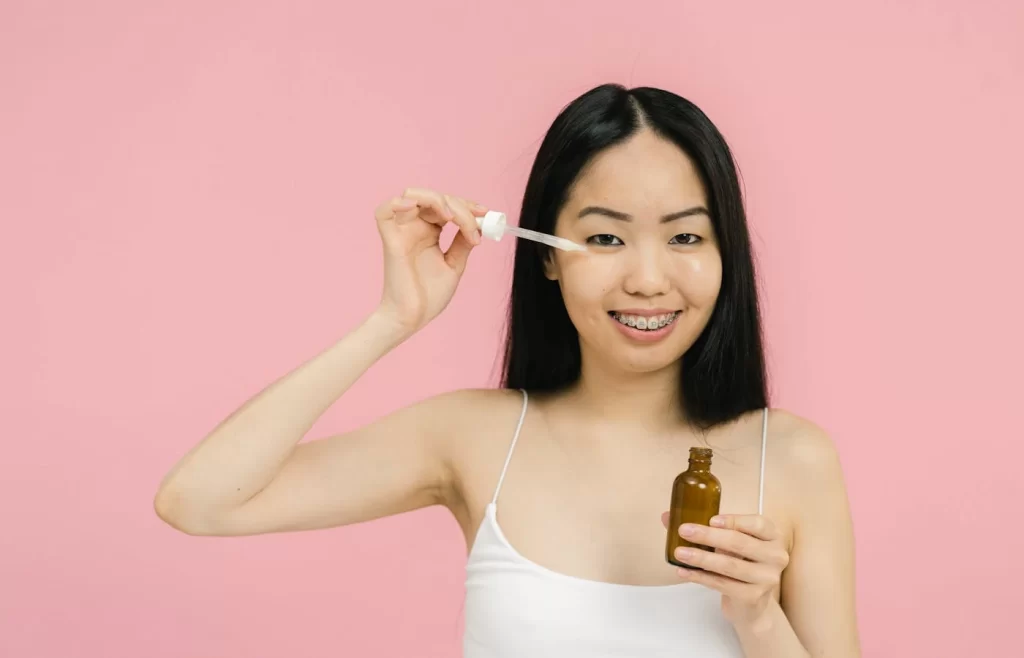
Incorporating a hydrating serum into your skincare routine can significantly improve the look and feel of your skin before makeup application. Serums with ingredients like hyaluronic acid, beta glucan, or squalane add hydration and moisture to the skin. Apply the serum after cleansing and before your moisturizer, allowing it to absorb fully. This step helps plump the skin, reducing the appearance of dryness and creating a smooth canvas for makeup to adhere to.
3. Use a Rich Moisturizer
A rich, hydrating moisturizer is essential for dry skin, especially before makeup. Look for moisturizers that contain ingredients like ceramides, shea butter, or oils that lock in moisture and provide long-lasting hydration. Apply the moisturizer after your hydrating serum to seal in hydration and create a soft, smooth base. Give it a few minutes to fully absorb before applying makeup to avoid any pilling or patchiness. This extra layer of moisture helps prevent makeup from clinging to dry patches and ensures a more even, dewy finish.
4. Prep Skin with a Hydrating Primer
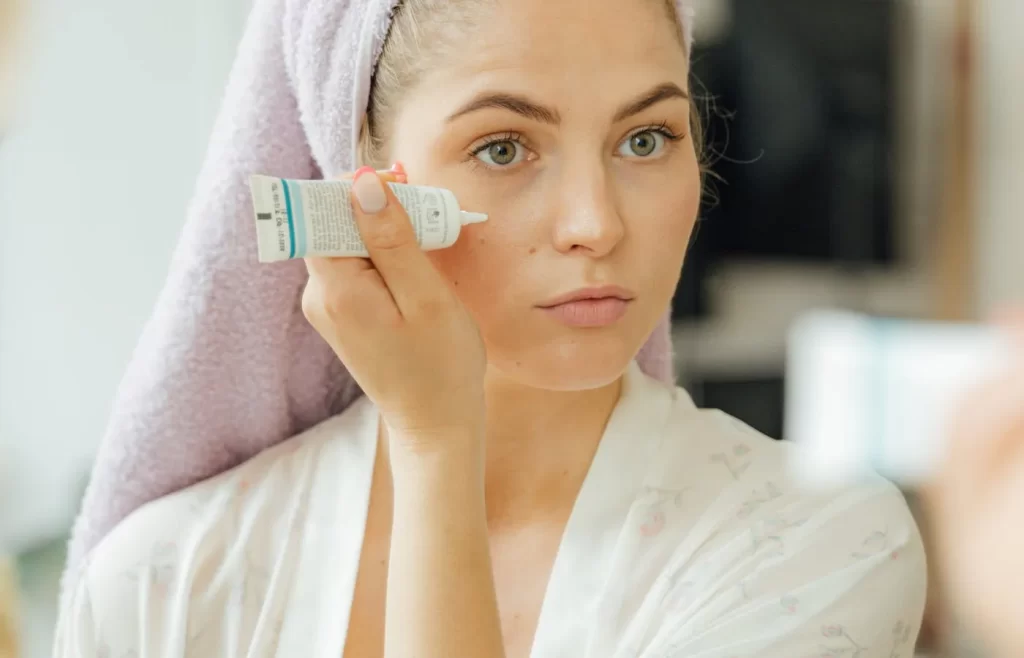
A hydrating primer is a must for dry skin to ensure a smooth makeup application. Primers designed for dry skin contain moisturizing ingredients that create a barrier between your skin and makeup, preventing foundation from settling into dry areas. Apply the primer after your moisturizer and let it sit for a minute or two before applying your foundation. This step helps lock in moisture, blur imperfections, and create a more even base, making your makeup look fresh and dewy throughout the day.
5. Use the Right Foundation for Dry Skin
Choosing the right foundation is key when you have dry skin. Opt for hydrating or dewy-finish foundations that are designed to add moisture and give your skin a healthy glow. Avoid matte or powder foundations, as they can make dry skin look flaky or cakey. Look for lightweight, buildable coverage foundations to avoid it feeling heavy on the skin. Apply the foundation in thin layers, building up coverage if needed, to avoid a heavy look that can emphasize dry patches.
6. Apply Foundation with a Damp Makeup Sponge
Using a damp makeup sponge to apply foundation can help you achieve a lightweight, smoother finish on dry skin. The moisture from the sponge prevents the foundation from clinging to dry patches and allows for a seamless blend. Start by dampening your sponge, squeezing out excess water, and then gently dabbing the foundation onto your skin in light, tapping motions. This method helps you build coverage gradually without disturbing dry areas or making your skin look cakey, leaving you with a more natural, hydrated finish.

7. Use a Lightweight Concealer
When dealing with dry skin, it’s best to choose a lightweight concealer that won’t settle into fine lines or dry areas. Look for hydrating formulas that offer good coverage without being too thick or heavy. Apply the concealer sparingly, focusing on areas that need brightening or extra coverage, such as under the eyes or around the nose. Blend it out gently using a damp makeup sponge or your fingertips for a seamless finish. Avoid heavy, full-coverage concealers, as they can emphasize dryness and make your skin look cakey.
8. Use a Cream or Liquid Blush and Bronzer
For dry skin, cream or liquid blushes and bronzers are ideal as they blend seamlessly into the skin, giving a natural, dewy finish. Powder products can often cling to dry patches and create a cakey look. Apply blush and bronzer with a damp sponge or a synthetic brush, tapping gently onto the apples of your cheeks and along your cheekbones. This approach adds warmth and color while maintaining hydration, ensuring your skin looks fresh and radiant.
9. Set Makeup with a Setting Spray

To finish your makeup look, using a setting spray can help lock everything in place while adding a boost of hydration. Look for a setting spray specifically designed for dry skin, which often contains hydrating ingredients. Hold the spray about 8-10 inches away from your face and mist it lightly over your makeup. This step not only helps to prolong the wear of your makeup but also gives your skin a fresh, dewy appearance, ensuring you stay hydrated throughout the day.
Which Type of Makeup Is Best for Dry Skin?
When it comes to makeup for dry skin, focus on products that provide hydration and a dewy finish. Here are some key types of makeup to consider:
- Hydrating Foundations: Look for foundations labeled as hydrating or dewy finish, which help to add moisture and glow.
- Cream and Liquid Formulas: Choose cream or liquid blushes and bronzers, as they blend easily and give a more natural look than powders.
- Lightweight Concealers: Opt for lightweight, hydrating concealers that won’t settle into dry patches or fine lines.
- Setting Sprays: Finish your makeup routine with a hydrating setting spray to maintain moisture and freshness throughout the day.
By selecting the right products and following the application tips, you can achieve a flawless makeup look that enhances your natural beauty without emphasizing dryness.
Learning how to apply makeup on dry skin involves selecting the right products and techniques that prioritize hydration and a smooth finish. By following these tips—exfoliating regularly, using hydrating serums, and opting for creamy formulas—you can create a flawless makeup look that enhances your natural beauty. Remember, the key is to focus on moisture to keep your skin looking fresh and radiant all day long.

